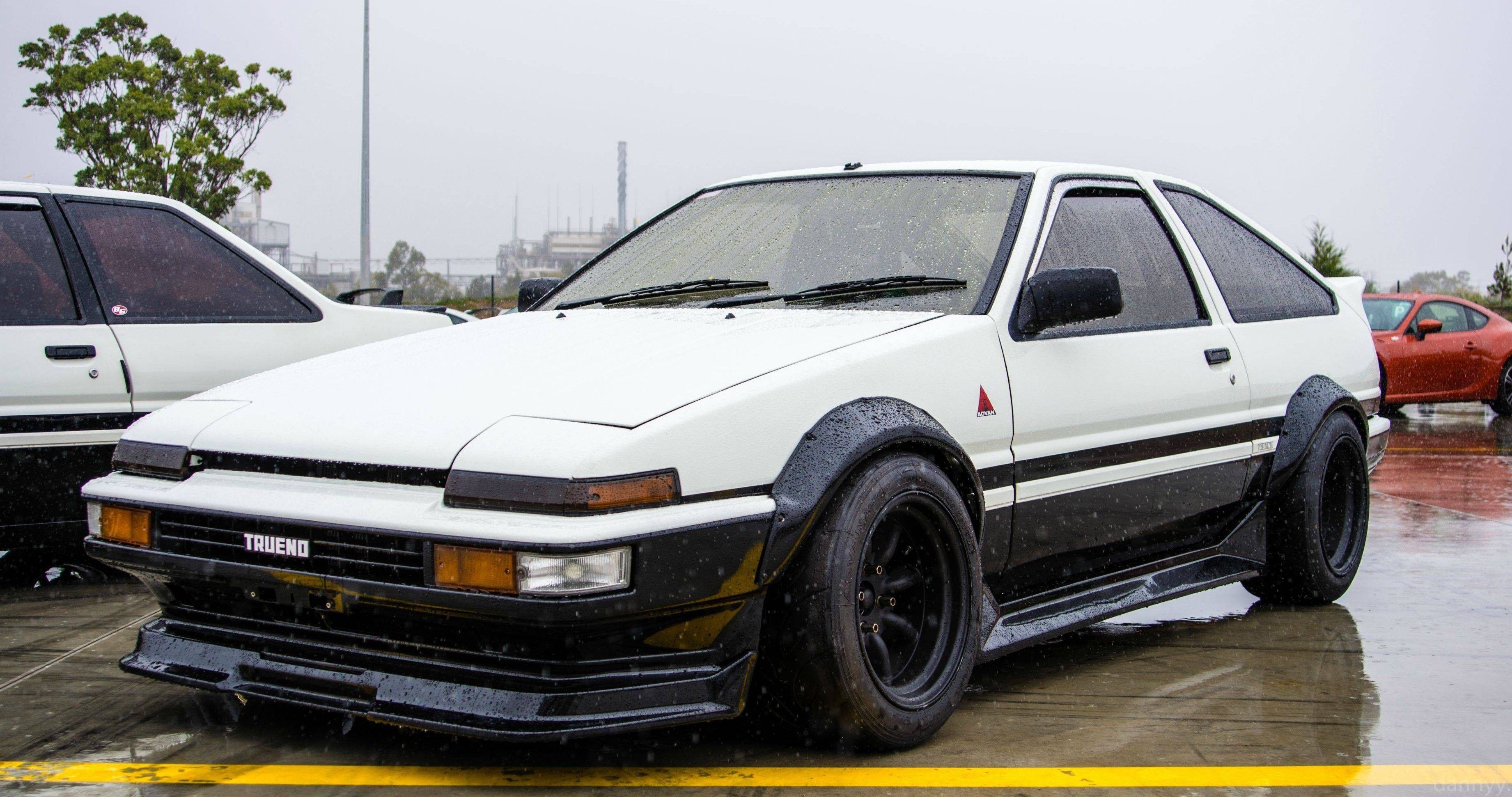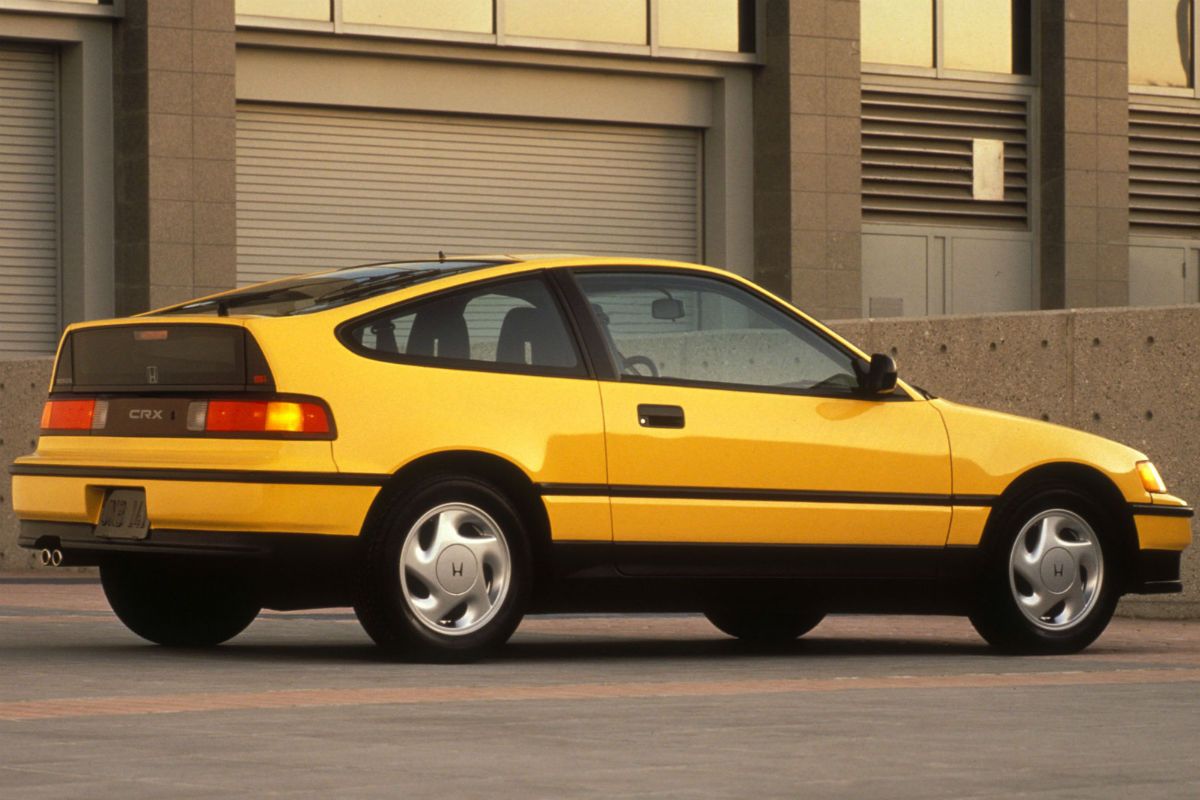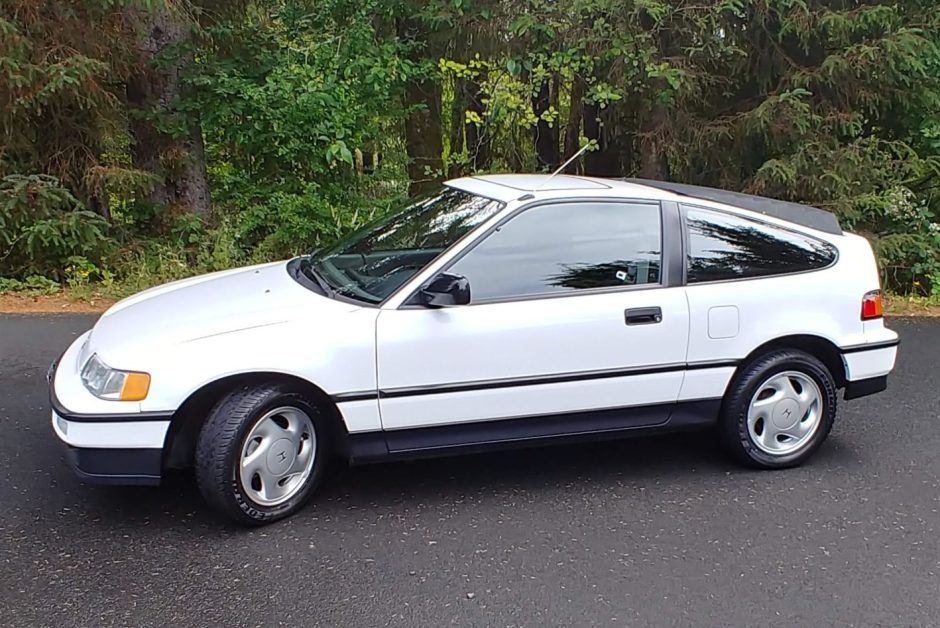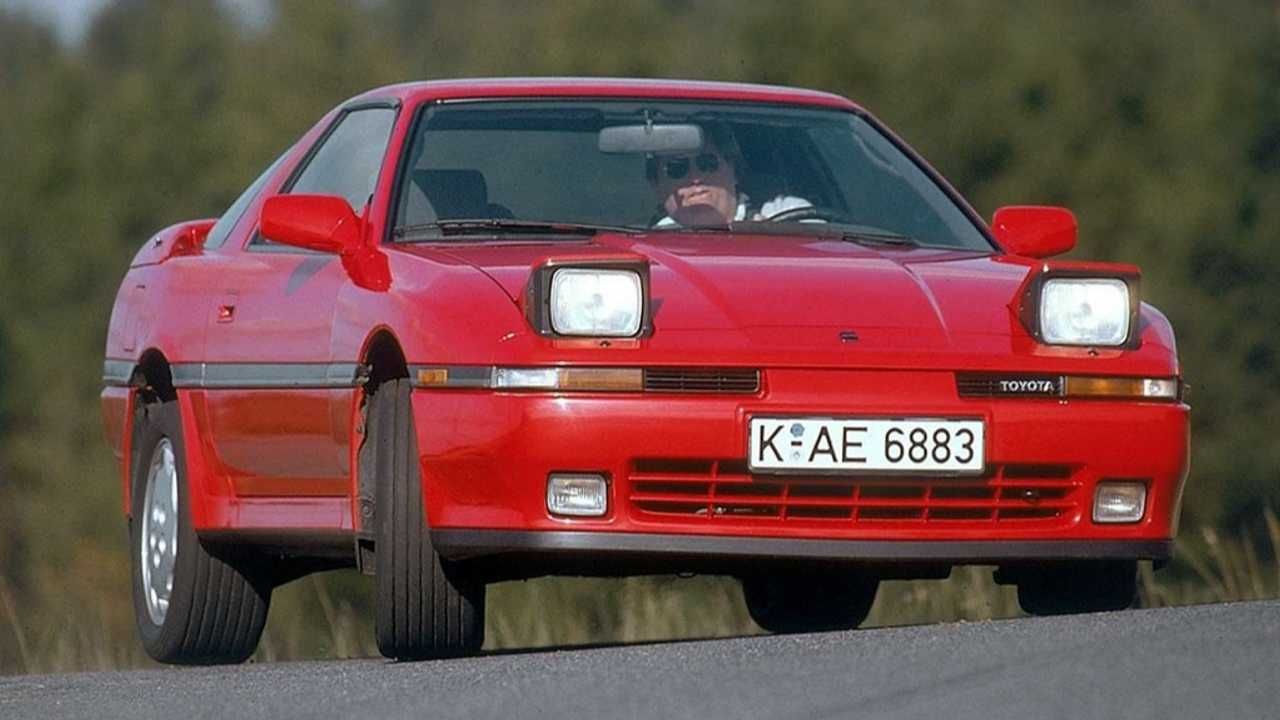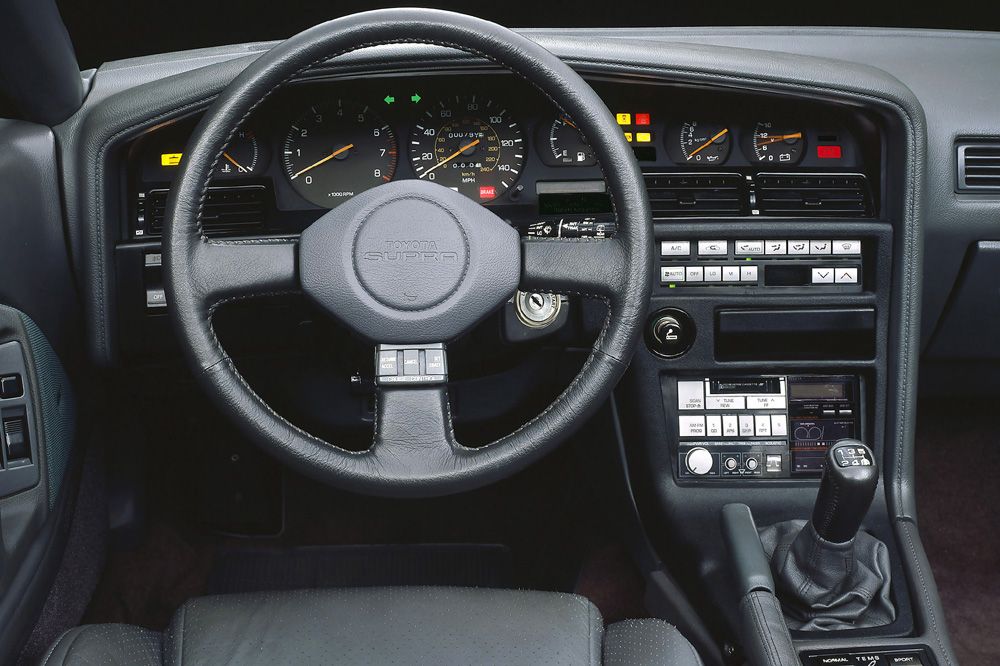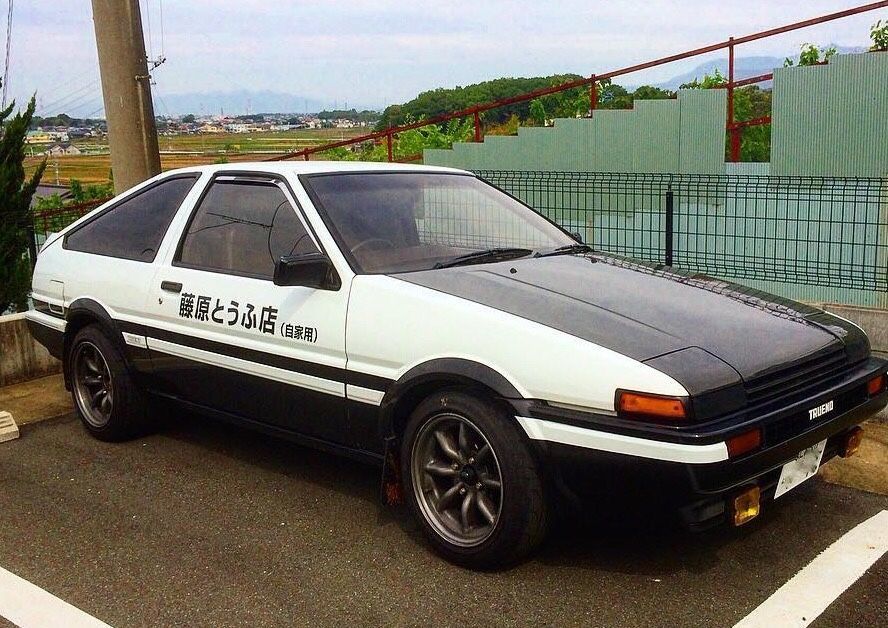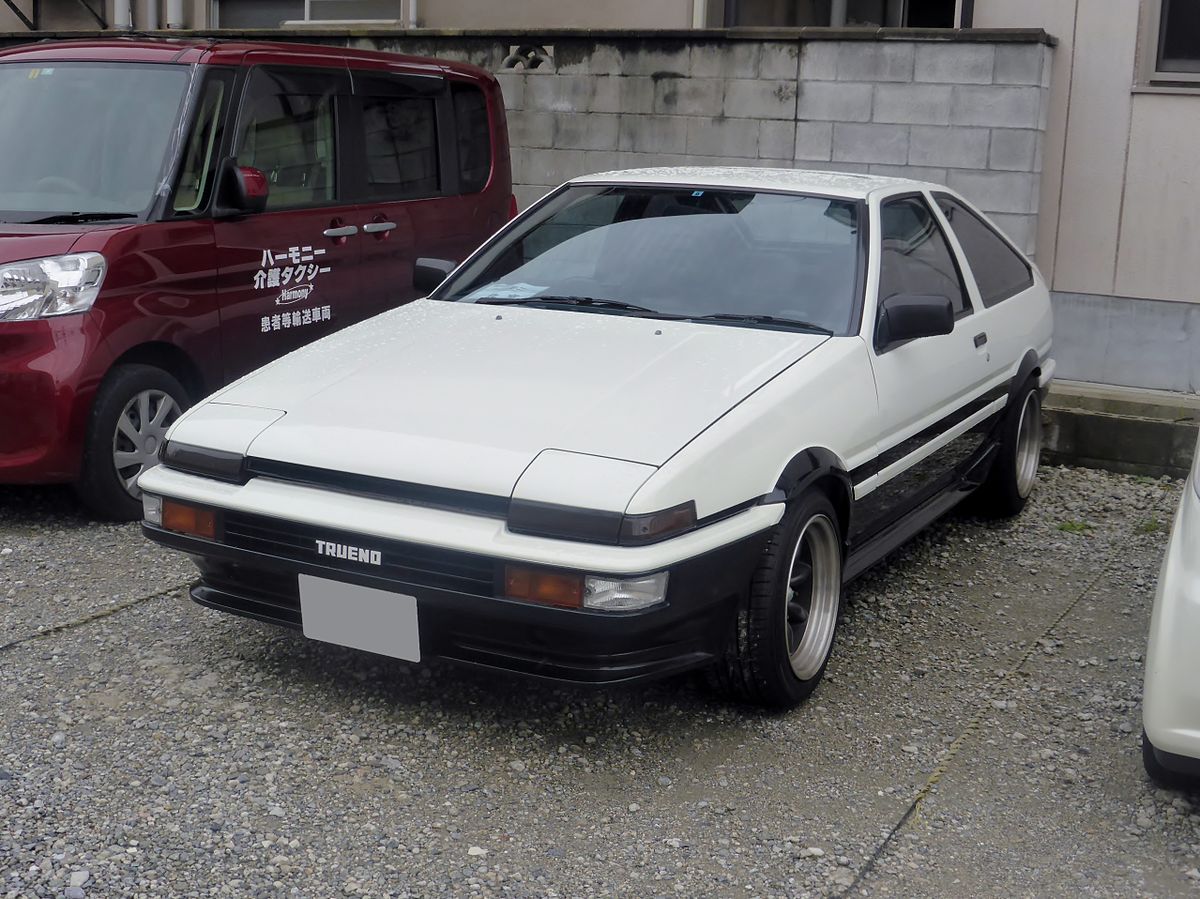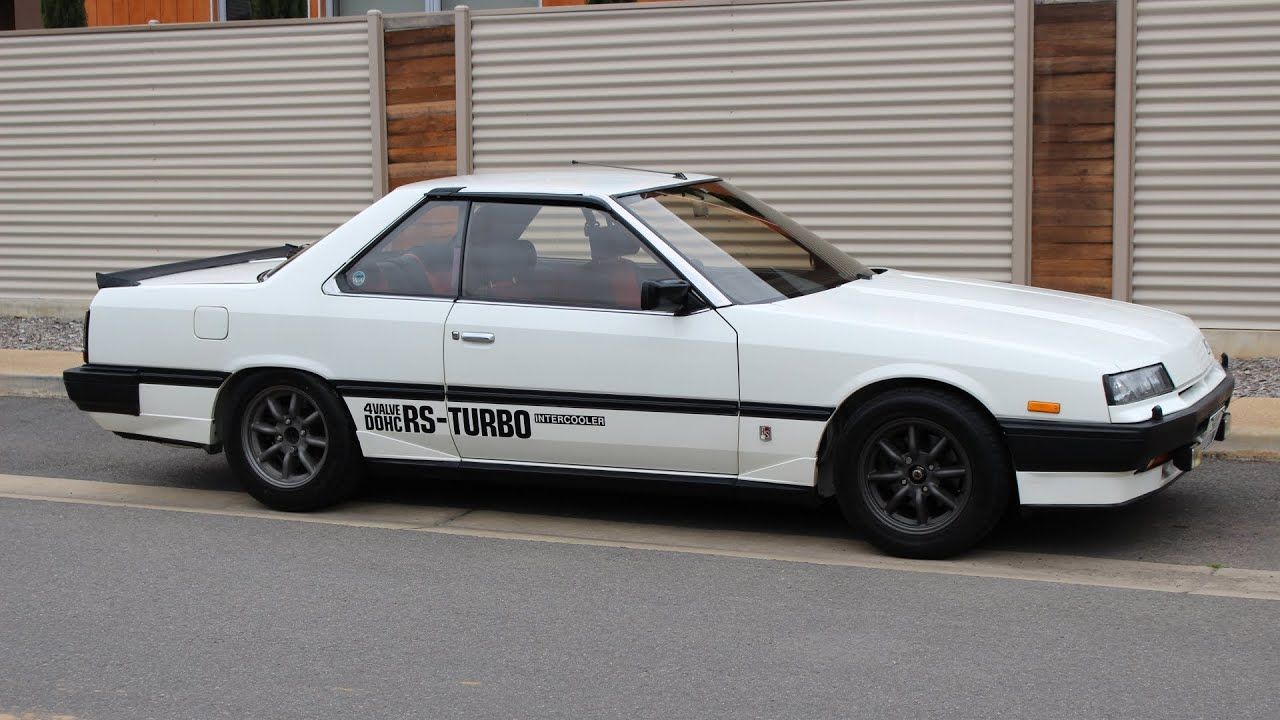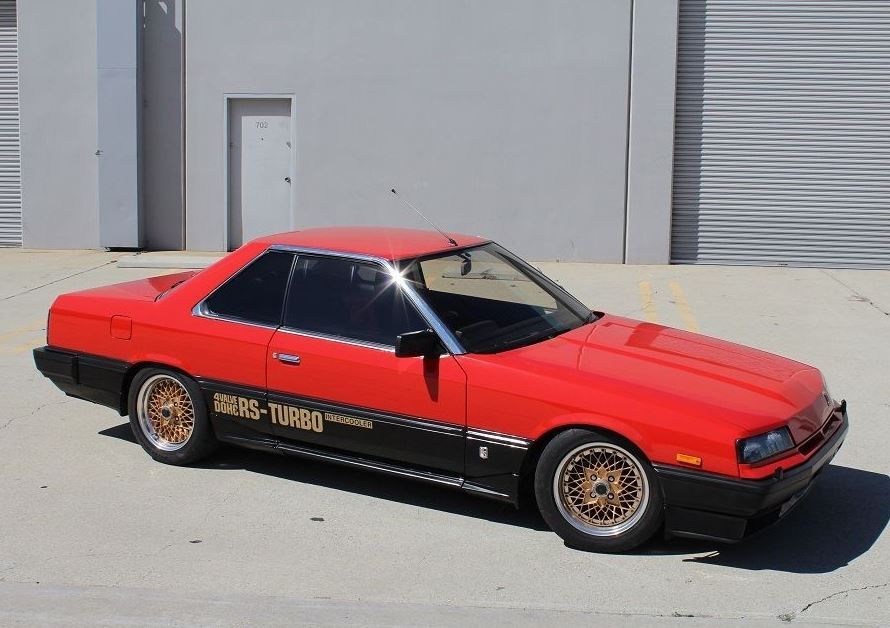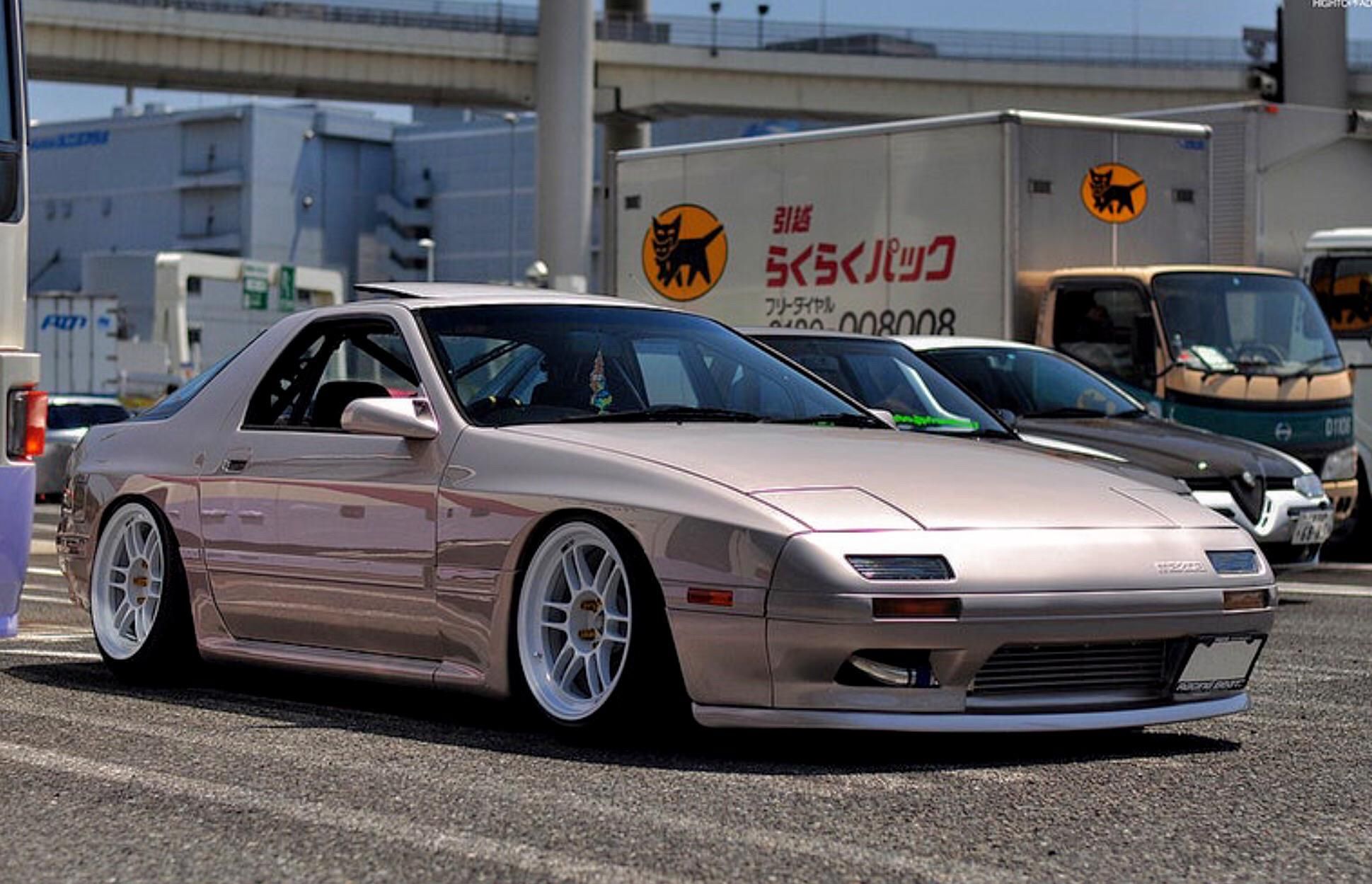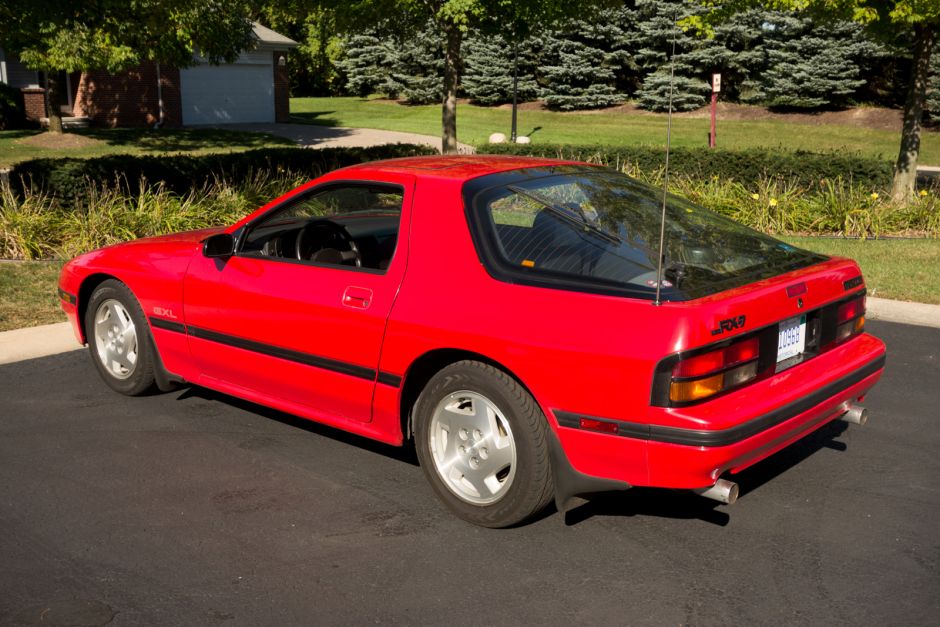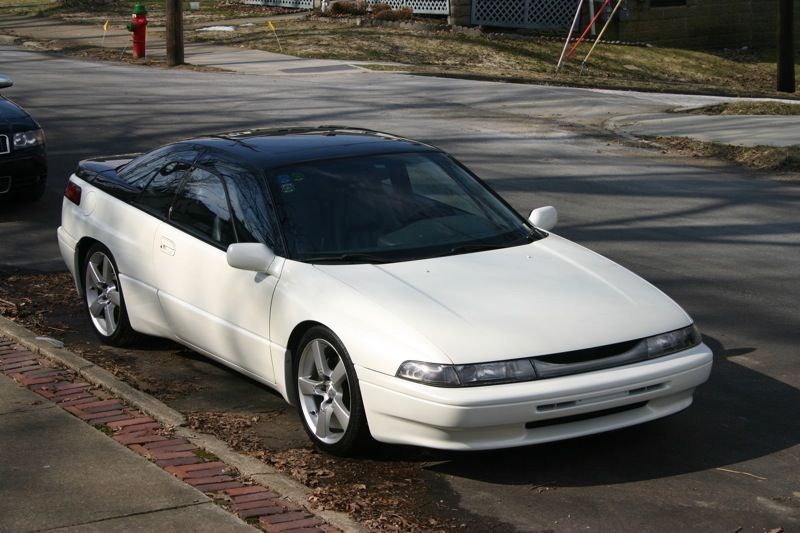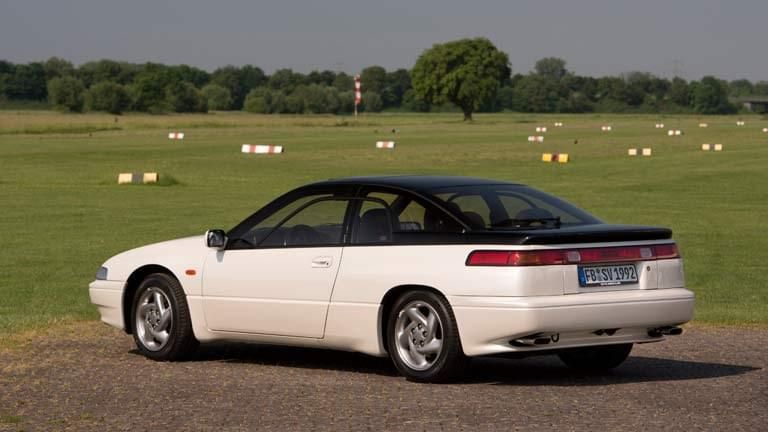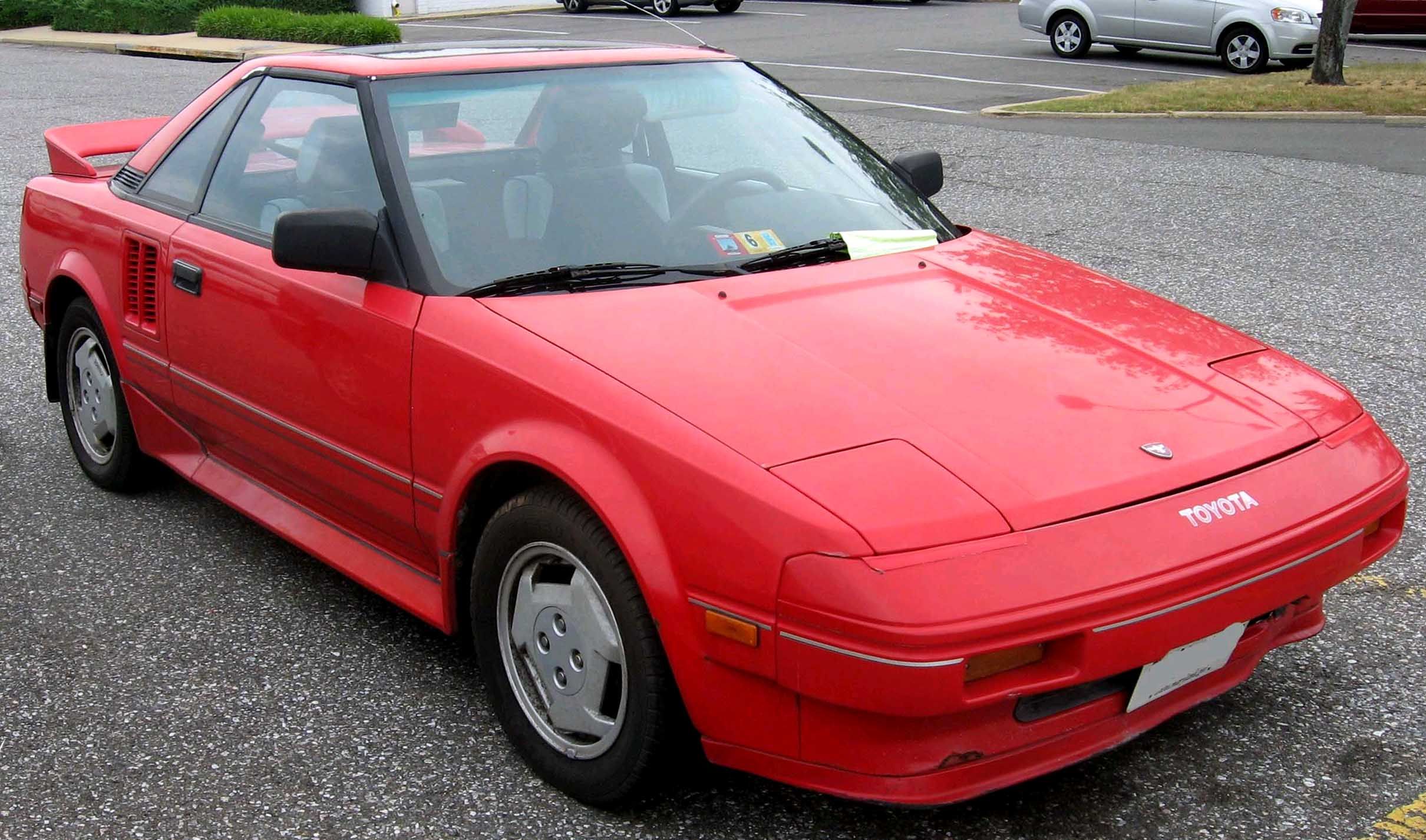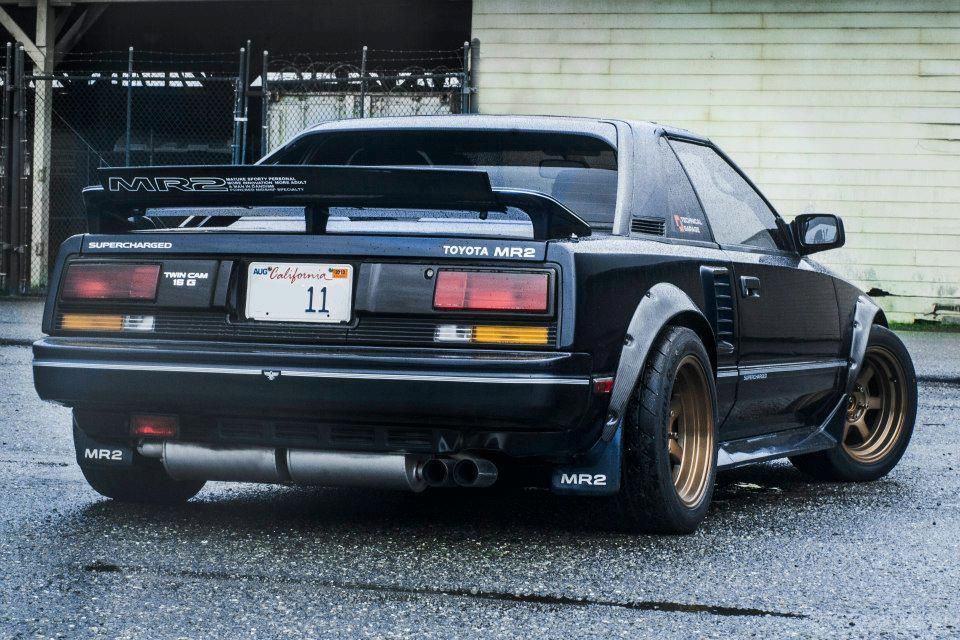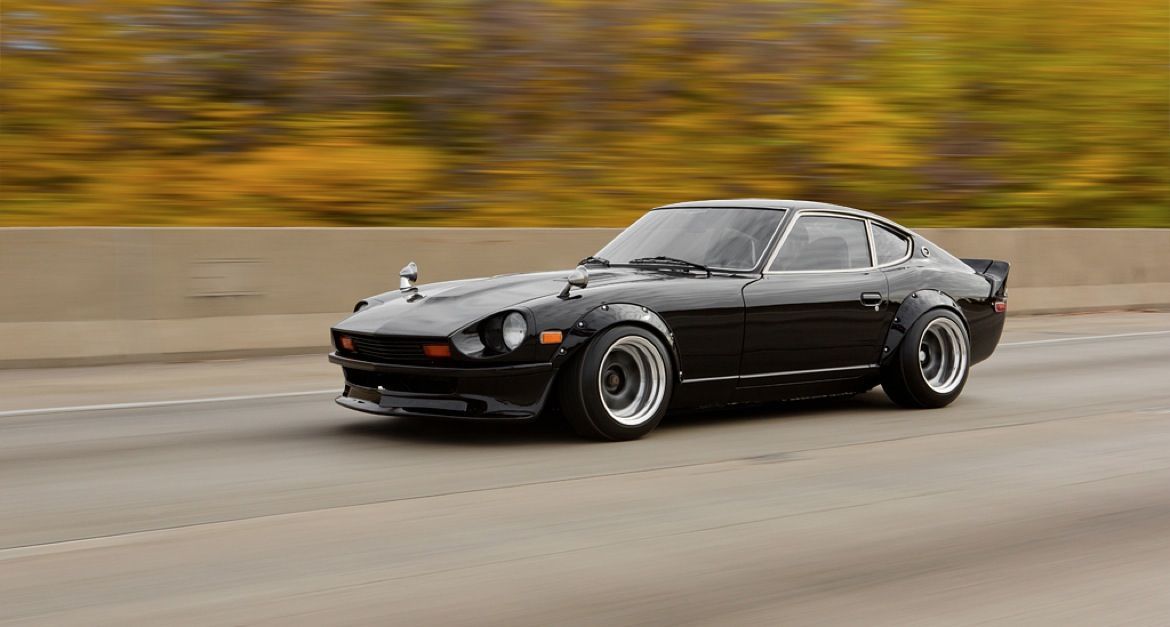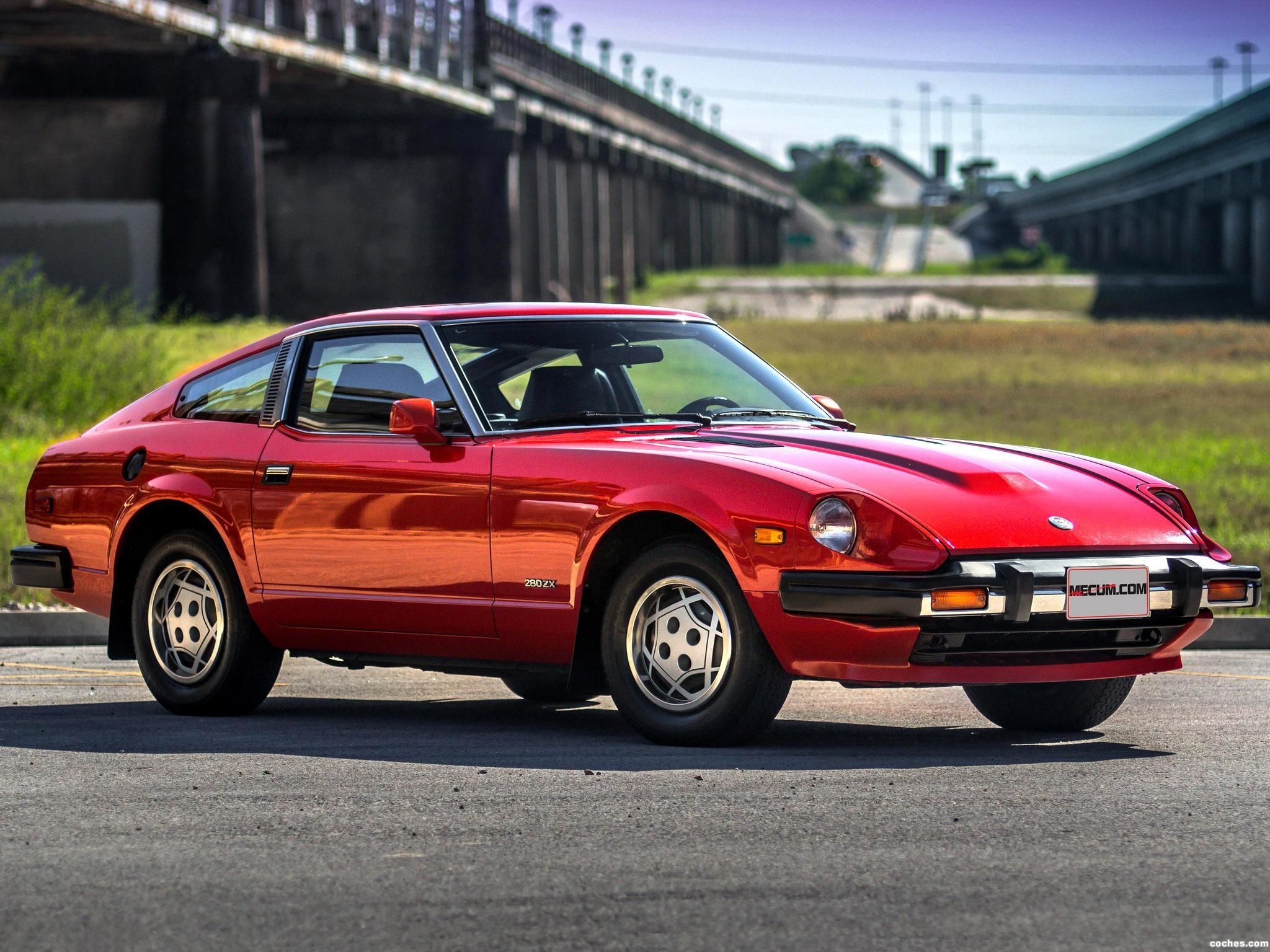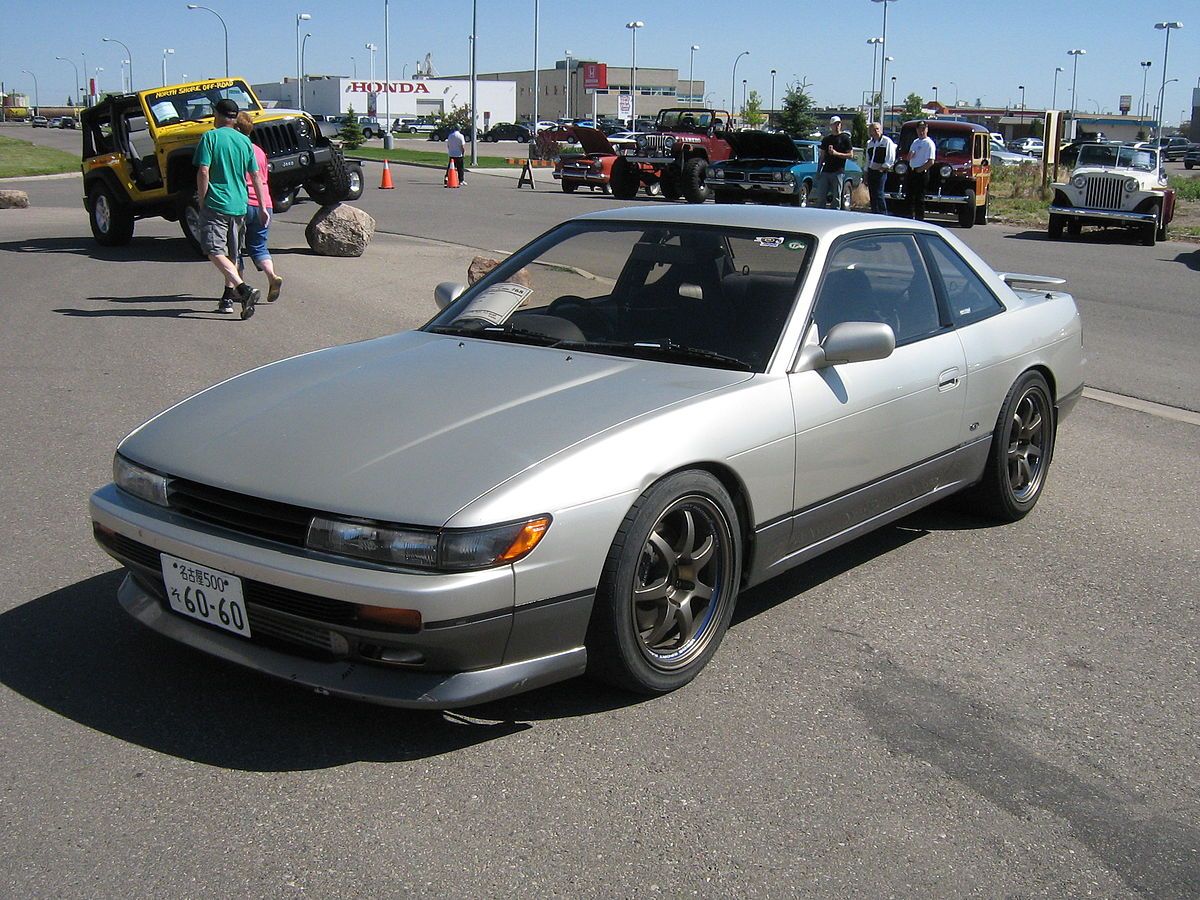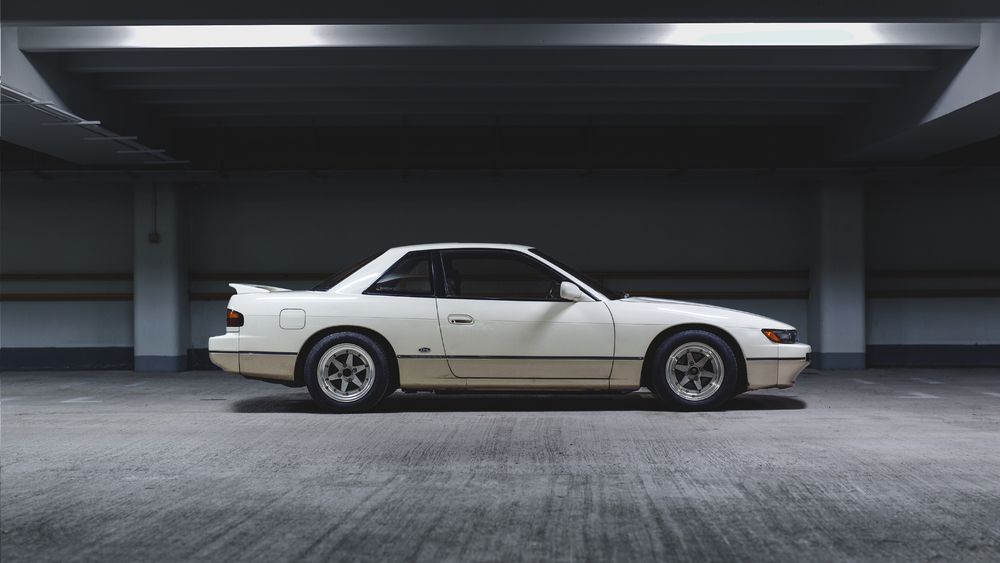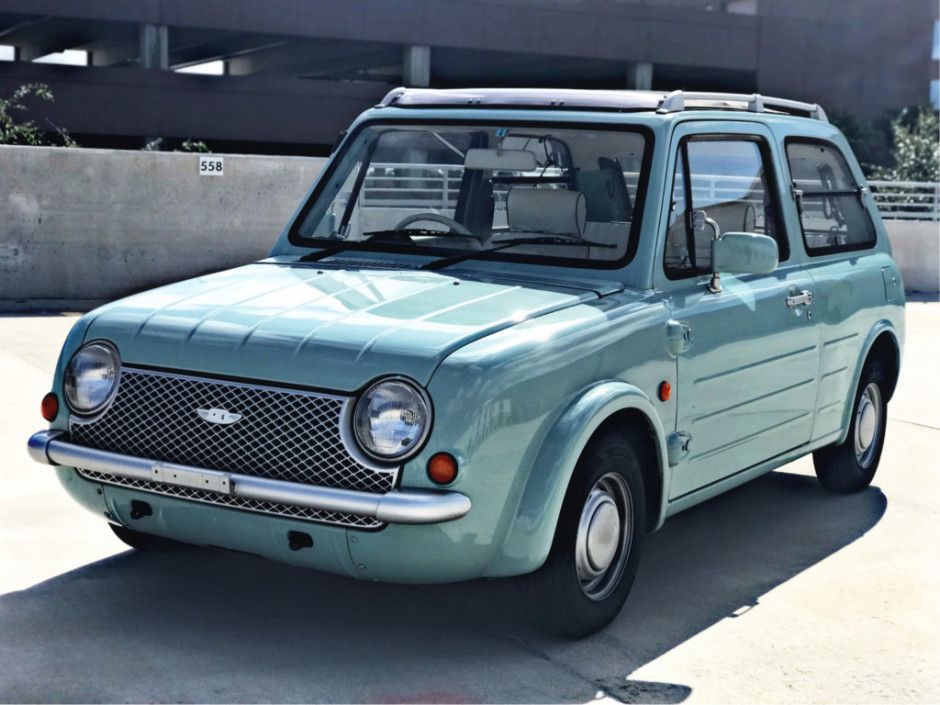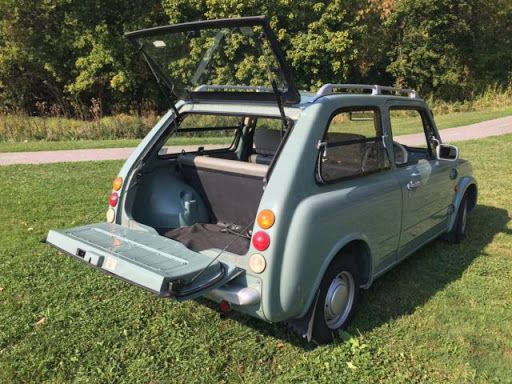When talking about the best JDM cars, usually those made in the '90s are the ones in the spotlight, as they were the pinnacle of performance for Japanese automakers. Cars like the MK IV Toyota Supra, Honda NSX, or the Nissan GT-R R34 are always the ones people talk about.
But those cars, so close to perfection, didn't just appear out of nowhere, they are the result of years of design, and they the evolution of previous models, models which are often ignored.
These JDM cars produced in the '80s are also great cars for many reasons, which is why we think they don't get the recognition they deserve.
10 Honda CR-X SiR
The Honda CR-X is a small, economic, compact car from the '80s. It's basically a 2-seater fastback version of the popular Civic, maintaining the front-engine FWD configuration. The first generation was produced from 1983 to 1987, and it was a great economy car, as the 1.5-liter engine had great fuel efficiency. There was a spicier version, called the SI, which had a 1.6-liter engine with 135 horsepower.
Enter the second generation in 1998, the car was almost completely redesigned, with new suspension and torsion bars. For the Si performance version, the US market got a 1.6-liter MPFI engine producing 108 hp. Back in Japan, the JDM version (SiR) received a more powerful 1.6-liter VTEC engine with 150 horsepower and paired to a 5-speed manual. Overall, the CR-X is a great, small, fun to drive, and an efficient car.
9 Toyota Supra A70
Nowadays, the Supra name does not need any introduction whatsoever, but back in 1986, when the Supra and the Celica became each their own models, things were not so clear. While the Celica moved to an FWD platform, the Supra remained RWD (thank god).
At first, it was offered only with naturally aspirated engines, with a power output of around 200 horsepower, from a 3 liter inline DOHC engine. It wasn't until 1987 that a turbocharged A70 Supra was offered, with a power output of 231 horsepower, from a turbocharged version of the base engine.
The most powerful version of the A70 wasn't going to come until 1990, and powered by the predecessor of the famous 2JZ-GTE, the 1JZ-GTE, with a power output of 276 horsepower.
8 Toyota AE86 Sprinter Trueno
If you are a true car enthusiast, its impossible not to recognize this car. Doesn't matter if you have seen the show, we have all come across a video of the Panda Trueno drifting around a mountain trail with some Eurobeat blasting.
First of all, it's not unusual to have some confusion about the name. Why are there so many names? Well, to begin with, AE86 is the code name for the chassis. There were 2 versions for this car, the Levin (which is the Japanese name for the Corolla) and the Sprinter Trueno, in which we are interested in. The car is also popularly called "Hachi-Roku" that means 86 in Japanese.
Both versions of the car could be either a coupe or a hatchback (picture). This last one became the most popular because of its appearance on the show Initial D, where we can see the main character delivering Tofu in that car.
The Sprinter Trueno has a 1.6 liter naturally aspirated engine with 130 horsepower, paired to a 5-speed manual. Thanks to its power, it's low with and the wheel-base, this is a great handling car.
7 Nissan Skyline R30 2000RS Turbo
For those of you who know your car history (especially in the JDM department), you know for sure that the Skyline name has a long history and that it dates back to 1957. Even today, some Infiniti models are still called Skyline in japan, and while they might look at the average Nissan Maxima/Altima, they are pretty dope cars.
Now, the most popular Skyline models are with no doubt the R32, R33, R34, and at a smaller scale, some older models like the Hakosuka or Kenmeri Skyline. But that was way back in the '60s and '70s, and the R32 didn't come out until 1989, so, what happened in between?
Well, between 1981 and 1990, there was the Skyline R30, and its evolution, the R31. Like all previous Skylines, it was offered in several body configurations and engine options. There was a 4 door sedan, a 2 door coupe, a 5 door hatchback, and a 5 door station wagon. And of course, Nissan also offered a performance version, called the 2000RS, which had a naturally aspirated engine with 150 horsepower. It wasn't until 1983 that the RS received a boost (literally) when it got a 2 liter turbocharged inline 4 with 200 horsepower, which was the most powerful production engine of that era in Japan.
6 Mazda RX-7 FC
The second-generation RX-7 was produced from 1985 to 1992, divided into two series. The Series 4 was built from 1995 to 1988, and the Series 5, with an updated styling and higher compression ratios, from 1988 to 1992. The exterior design is inspired by both Porsche 924 and 944, which were the top sports car at the time.
Well known for its rotary engine, which could be either N/A or Turbocharged, producing 160 and 200 horsepower respectively. It's easy to recognize an N/A or Turbo version only by looking and the hood and the presence (or not) of air intake.
5 Subaru Alcyone
The Subaru Alcyone SVX (or just SVX outside of Japan), it's certainly a weird car. By just looking at it, one would never think that is a Subaru - a brand known for its four-door rally cars. What Subaru attempted with the Alcyone was to get into the luxury/performance market. It wasn't a success. It only sold just under 25.000 units globally in its 5-year period, from 1991 to 1996.
The engine was a 3.3-liter flat-six engine, paired to a 4-speed automatic transmission and producing 230 horsepower. It was designed by the famous Giorgetto Giugiaro, the Italian designer responsible for beautiful cars like the Alfa Romeo Brera, the BMW M1, and the Toyota Aristo, among many others.
4 Toyota MR2
We are familiar with the MR2, a mid-engine Japanese sports car, well known for its tendency to oversteer, and commonly called "the poor people Ferrari". That car was introduced in 1990 and it was a great car. Bur it also had a predecessor. First looking into the first-generation Toyota MR2, you might confuse it with the Pontiac Fiero.
This first-generation MR2 was introduced to the market in 1984, and it borrowed the engine from the AE86 Corolla, the 4A-GE, an NA engine with 130 hp. The primary features on the car where its low-displacement powerful engine, the great handling, and the low weight (only 950 kg). In 1986 Toyota introduced a Supercharged version, which produced 145 horsepower.
3 Nissan Fairlady 280ZX
Both the Nissan Z (350Z and 370Z) that we see on the streets are car with a great heritage. Before them, there was the 300ZX (Z32 and Z33), and even before that, there was the 280 ZX. Produced from 1978 to 1983, it was the last model produced by Nissan under the Datsun name.
The 280 was offered with either an NA or turbo 2.8-liter six-cylinder engine, with a 170 or a 185 horsepower. The car had a lot of modern technology back in the day, like Bosch electronic injection, independent suspension, brake discs in all corners, and hydraulic clutch. It was offered in several body configurations, like a 2+2, a 2 seater coupe, and both of them could be also a Targa.
2 Nissan Silvia S13
In my opinion, the S13 Silvia s one of the best-looking JDM cars ever made. The predecessor to the more famous S14 was a car with a lot of options. The first models were offered with the CA18DE (NA) or the CA18DET (turbo), and the engines were later updated to the SR20DW (NA) and the SR20DET (turbo). The trim levels were defined with letters: J was the base model; Q the medium, which included some electronic options and an LSD; and the top of the line K version, which received the turbocharged engines.
Regarding body configurations, the Silvia was a 2-door coupe, with a convertible option available for a short period. The hatchback version was the Nissan 180SX, rebadged as the 200SX and 240SX outside japan.
RELATED: Nissan S13 With A 2JZ-GTE Cranks Out 857 HP On The Dyno
1 Nissan Pao
The Nissan Pao is one the of Pike Series by Nissan, a family of cars built with a retro-style design. It was produced from 1989 to 1981 and only 51,657 were ever made. Under the hood there is a 1-liter inline-four with 50 horsepower, that's why the Pao gets an enviable mileage: up to 51 mpg on the city and a staggering 79 mpg when going constantly at 37 mph on the highway.
The Pao combines design elements from iconic cars, like the Austin Mini, the Citroen 2CV, the Renault 4, and the Fiat 500. At the front, it had independent suspension and disc brakes, and the rear got coil springs and drum brakes. As seen in the picture, the back door is divided, so it creates a tailgate. It was offered with a 3-speed auto transmission or a 5-speed manual.

